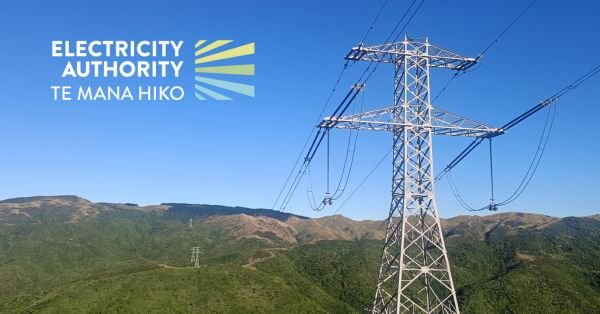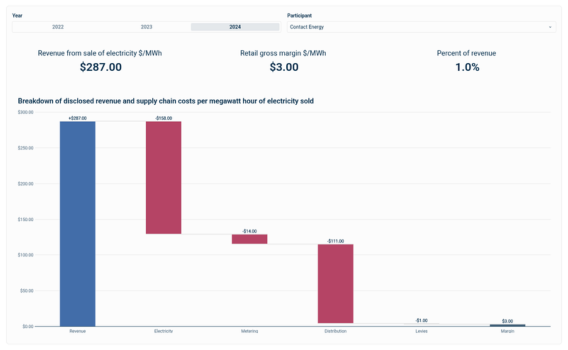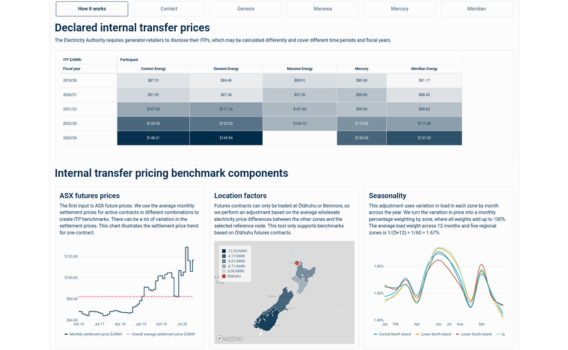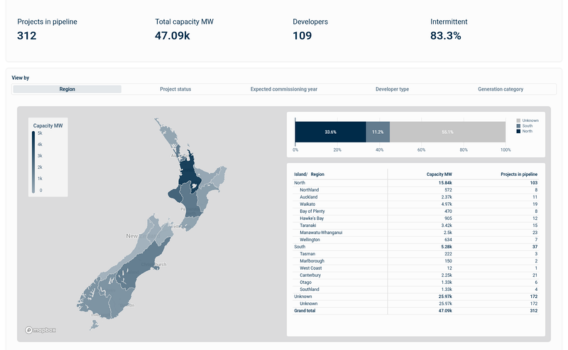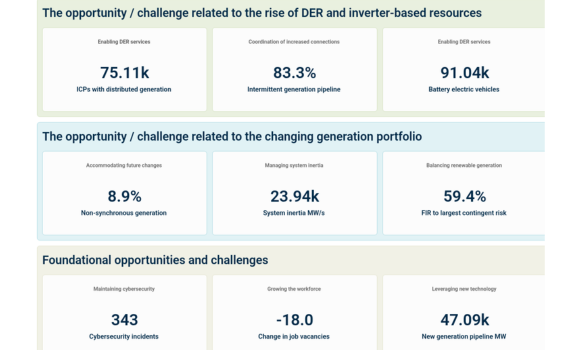Regional power prices
What’s your region’s average power bill and how does yours compare?
- Prices
- Consumer
- Competition
- Retail
Average power use and costs
This interactive map shows the average monthly household power use, charges and bills by region in New Zealand.
We developed this map to provide transparency of power prices, help with understanding price increases and to encourage New Zealanders to get more engaged in choosing their power plan and provider.
The graph below shows how power bills increased from February 2025, largely due to increased lines charges. The average power bill increase differs between regions. There are various reasons for differences between local lines companies, but a significant factor is the number of consumers the costs are spread over. About lines charges
Understanding the dashboard
What is a fixed charge?
A charge is the price you pay for your power. A fixed charge - sometimes called a daily charge - covers the basic costs of maintaining your connection. This is the cost you pay for having access to power.
What is a variable charge?
A variable charge is the cost per kilowatt-hour (kWh). There are three types of variable charge:
- Anytime/24 hour
- Off-peak/night rate
- Controlled.
The variable charges shown on our dashboard is an average of all of the retailer variable charges in your region.
What is a kWh?
This is short for kilowatt-hour, which is the standard unit of power consumption. This is a measure of energy over time and comprises 1,000 watts of power consumed over one hour. For example, running a 1,000-watt heater for an hour will consume one unit of electricity or one kWh.
Power companies usually set the price for electricity in cents per kilowatt-hour (kWh).
What are lines charges?
Lines charges cover transmission and distribution costs, and pay for the infrastructure (wires and poles) that connects your home to the local power network.
What’s included in ‘other costs’?
Other costs included in power bills (and price increases) are: generation, retail, GST, metering, market governance and market services. You can learn more about these costs.
Your power use and costs
Find out about how to use less power without impacting your comfort, how to get the best deal for your power, and your rights as an electricity customer.
Compare and switch to save $$
Did you know you can give your retailer a call and discuss any cheaper plans they may have available? It's also quick and easy to switch power companies and you could save money. Make sure you're on the right plan for your needs.
Ways to save energy
By making some small changes to your home and appliances, you can save power and reduce your power bills.
Finding it hard to pay your bill?
It can be hard to pay your bills from time to time. Here are some things you can do if you are finding it hard to pay your bill.
Eye on electricity
View all
Retail power prices and power supply security
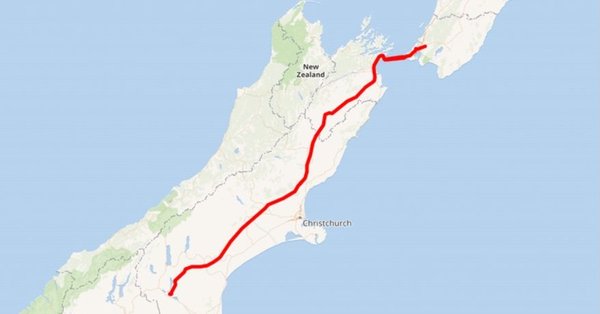
How the HVDC balances electricity supply and demand
